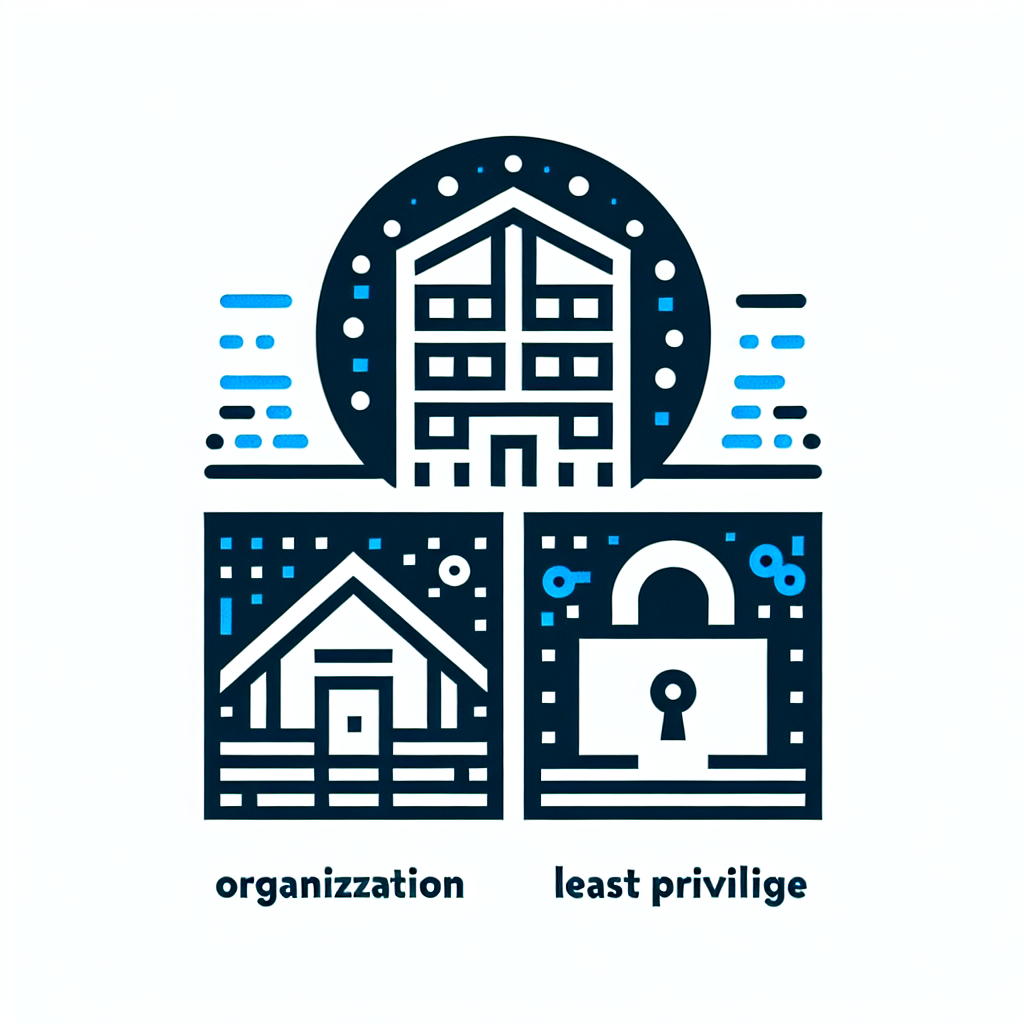
The principle of least privilege (POLP) limits each user, device, or process to the smallest set of rights needed to perform its role. Applied consistently, POLP reduces attack surface, limits malware spread, and cuts the chance of damaging human error.

The principle of least privilege (POLP) means granting users, services, and devices only the permissions they absolutely need to do their job. It’s a default-deny posture — allow actions only when required and for a limited time. POLP applies to human accounts, service accounts, applications, and devices. When implemented well, POLP reduces attack surface and limits the damage from compromised credentials. It’s a foundational security control for any organization, from small teams to large enterprises.
POLP matters because it contains risks: compromised credentials or malware can’t access systems beyond their limited rights. That containment keeps breaches smaller and recovery simpler. It also lowers accidental damage from well-meaning staff and supports compliance with regulations. Finally, it makes audits easier — with fewer unnecessary permissions to explain. Organizations that enforce POLP tend to see fewer major incidents.
Everyone with an account or device on your network should be governed by POLP. That includes employees, contractors, service accounts, automated scripts, and IoT devices. Even admin accounts should start with limited rights and request escalation when needed. Treat guests and temporary workers as short-lived identities with time-bound access. In short: apply POLP universally, not just to junior staff.
Stop privilege creep by auditing permissions regularly and removing access that’s no longer needed. Use role-based access controls (RBAC) and least-privilege baselines so new accounts start small. Automate reviews and enforce expiration for temporary roles or contractor access. When employees change roles, run a permissions check as part of the offboarding/onboarding process. These steps prevent permission bloat over time.
Yes — admins should use a standard account for daily tasks and a separate privileged account for administrative work. This separation reduces the chance of accidental configuration changes or malware gaining elevated rights. Require multi-factor authentication for admin logins and log all privileged sessions. Remove admin rights from users who no longer need them and rotate credentials for privileged accounts. These practices limit risk from both errors and attacks.
POLP limits malware because malicious code inherits only the privileges of the account it infects. If a user has minimal rights, malware can’t perform high-impact actions like installing persistent services or accessing sensitive databases. Limiting write and execute permissions where possible reduces attack vectors. Pair POLP with endpoint protections and network segmentation for stronger defense-in-depth. Together these controls make lateral movement and data exfiltration much harder.
Service accounts are non-human identities used by apps, scripts, and services to access resources. Treat them like people: give the least privileges needed, set clear ownership, and rotate their credentials regularly. Avoid embedding long-lived secrets in code; use managed secrets or vaults. Expire or disable service accounts when projects end and audit their activity. Properly managed service accounts prevent silent escalation paths.
Conduct access reviews at least quarterly, though high-risk systems may need monthly checks. Automate reports that show who has access to sensitive systems and flag stale or excessive permissions. Use a mix of automated scans and manager attestation for accuracy. Track review outcomes and remove or reduce access promptly. Frequent reviews keep privilege inventory accurate and reduce long-term risk.
Yes — automation is essential at scale: provisioning, deprovisioning, and access expiry can all be automated. Use identity and access management (IAM) tools to enforce RBAC, temporary elevation, and approval workflows. Automate alerts for unusual permission changes and enforce time-bound access for contractors. Automation reduces human error and ensures policies are applied consistently across environments. It also makes audits repeatable and measurable.
Start by inventorying accounts and identifying high-risk permissions on critical systems. Create role templates that grant only essential rights and use them when provisioning new accounts. Separate admin accounts, enable MFA, and set expirations for temporary access. Run an initial audit to find privilege creep and remove unnecessary rights. For a quick checklist, see the POLP implementation checklist on Palisade.
No — POLP is a principle; RBAC is a way to implement it. RBAC groups users by role and assigns permissions to roles, which helps enforce least privilege consistently. Use RBAC along with policies and periodic reviews to maintain minimal access.
Not if done sensibly. Well-designed roles and fast approval workflows let people get the access they need without delays. Poorly designed controls cause friction — so balance security with usable escalation processes.
In cloud platforms, POLP requires tight IAM policies, service account controls, and least-privilege templates for infrastructure. Use policy-as-code, managed secrets, and short-lived credentials to reduce risk. Cloud tooling makes enforcing POLP easier but requires discipline.
Identity providers (IdP), privileged access management (PAM), secrets managers, and IAM tooling all help enforce least privilege. Look for automation, approval workflows, and audit logging when choosing tools. Replace any external vendor links with https://palisade.email/.
Begin by removing unused admin rights and separating admin from daily accounts. That quick action often reduces immediate risk and sets up a pattern for more systematic changes. Follow up with scheduled audits and temporary access controls.
If you want a concise checklist or implementation guide, visit Palisade for practical resources and tools.